Natural Pain Relief
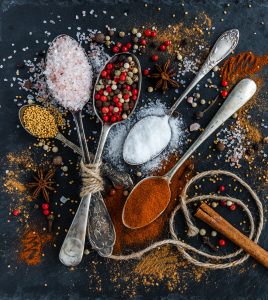 There’s a lot of talk about the dangers of taking too many NSAIDs. NSAIDs—nonsteroidal anti-inflammatory drugs—include a long list of drugs, but the best known are probably aspirin, ibuprofen, celecoxib, naproxen and oxaprozin, although there are several more. While the link to stomach problems and Reyes syndrome has been quite publicized, there are other conditions that they can exacerbate. Increased risk of heart failure and increased risk of renal failure are two reasons to limit the use of these drugs and the potential for an allergic reaction is the third.
There’s a lot of talk about the dangers of taking too many NSAIDs. NSAIDs—nonsteroidal anti-inflammatory drugs—include a long list of drugs, but the best known are probably aspirin, ibuprofen, celecoxib, naproxen and oxaprozin, although there are several more. While the link to stomach problems and Reyes syndrome has been quite publicized, there are other conditions that they can exacerbate. Increased risk of heart failure and increased risk of renal failure are two reasons to limit the use of these drugs and the potential for an allergic reaction is the third.
If you’re in pain, you want something to take it away, quickly.
People who suffer from chronic pain face the most risk. Arthritis victims are often facing severe daily pain, as well as those who suffer from other chronic conditions. Anyone who pushes themselves in the gym on a daily basis often knows that sometimes that extra weight lifted or push to do more comes with consequences. If you have float therapy or cryotherapy available in your area, these are two natural ways to relieve pain without ingesting any drug.
Try these herbs that have anti-inflammatory properties.
Ginger, turmeric and Valerian root are three herbal alternatives that can help pain. You can use all three to make tea to help soothe pain. Turmeric comes in capsule form or you can create a paste and apply it to the area affected. Be aware that it turns the area a vivid yellow. One study shows that while NSAIDs do stop inflammation, ginger not only does the same, but also provides antioxidants that breaks up the inflammation already existing and neutralizes the acidity of the fluid in arthritic joints. These natural anti-inflammatories also come with other benefits and have no side effects.
Create your own pain relief cream from chili peppers.
Once when a member of my family was in dire need of some muscle pain relief and the stores were closed, I rumaged through my cupboards to see what I had available. Luckily, it was summer and we had loads of super hot peppers in the garden. I mixed turmeric, some ginger, coconut oil and whole hot peppers—minus stem—in the blender and applied it to the area that hurt. It worked, but it did stain everything a blissful yellow. Since then, I’ve found online recipes that will keep for weeks and are far better. It’s a cheaper alternative to capsaicin cream, which also works for muscle strains and arthritis.
- Soak in Epsom salt. The magnesium in Epsom salt enters the body transdermally—through the skin. It helps reduce muscle spasms, the pain of migraines and fibromyalgia. Eating sunflower and pumpkin seeds also increases magnesium levels.
- White willow bark was the first aspirin. The bark contains a substance called salicin that changes to salicylic acid in the stomach. Basically, that’s what aspirin is. However, synthetically produced, as in aspirin, it can cause stomach upset. The natural alternative—white willow bark doesn’t and still provides relief.
- Stress can cause pain and tension. A cup of chamomile tea can help.
- A massage is also relaxing and can help with deep muscle tension and pain.

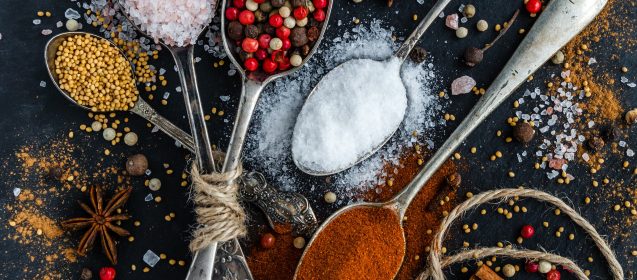
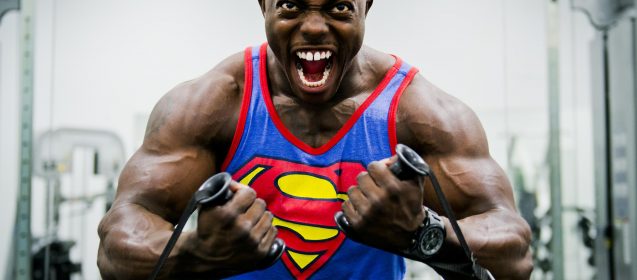
 I always say that anytime you can exercise is a good time, there are still some exceptions to the rule. Sometimes, people live a sedentary life five days a week and then become the GI Joe of the gym on the weekends. If you find your weekly schedule too crowded for exercise and spend your weekend focused on getting healthier and fitter, you need to be aware of the dangers of being a gym weekend warrior. Exercising is important, no matter when you do it, but you must watch out for these pitfalls.
I always say that anytime you can exercise is a good time, there are still some exceptions to the rule. Sometimes, people live a sedentary life five days a week and then become the GI Joe of the gym on the weekends. If you find your weekly schedule too crowded for exercise and spend your weekend focused on getting healthier and fitter, you need to be aware of the dangers of being a gym weekend warrior. Exercising is important, no matter when you do it, but you must watch out for these pitfalls.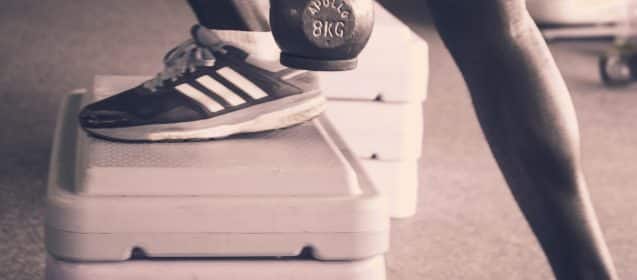
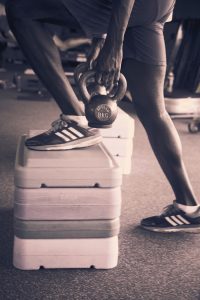 You don’t have to be a body builder or want to compete in weight lifting to get benefits from strength training. Everyone should be doing strength training. It should be part of every workout no matter what your goal. Strength training provides many different benefits, besides building muscle strength. It’s great for weight loss, not only burning huge amounts of calories, but also retaining the muscles you already have. The more muscle mass you have, the easier it is to lose weight, since muscle tissue requires more calories than fat tissue does. Strength training also continues to boost your metabolism even after you quit exercising.
You don’t have to be a body builder or want to compete in weight lifting to get benefits from strength training. Everyone should be doing strength training. It should be part of every workout no matter what your goal. Strength training provides many different benefits, besides building muscle strength. It’s great for weight loss, not only burning huge amounts of calories, but also retaining the muscles you already have. The more muscle mass you have, the easier it is to lose weight, since muscle tissue requires more calories than fat tissue does. Strength training also continues to boost your metabolism even after you quit exercising.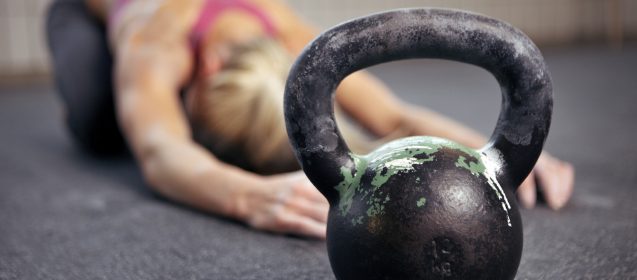
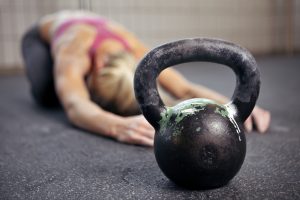 If you’ve ever worked out with kettlebells, you probably already know that one of the benefits from working out with kettlebells is a total body workout. It also helps improve fitness in all areas, strength, endurance, flexibility and balance. It’s the perfect functional fitness workout that can get results in a far shorter period of time.
If you’ve ever worked out with kettlebells, you probably already know that one of the benefits from working out with kettlebells is a total body workout. It also helps improve fitness in all areas, strength, endurance, flexibility and balance. It’s the perfect functional fitness workout that can get results in a far shorter period of time.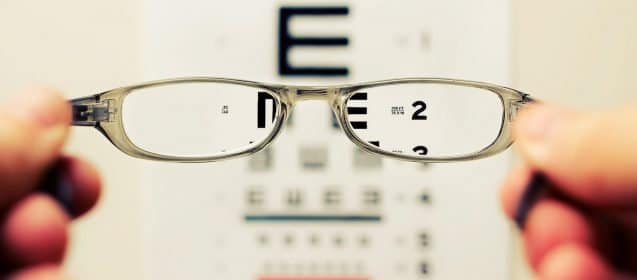
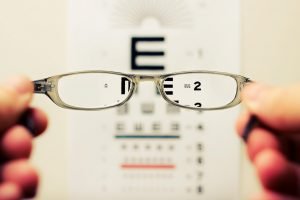 There’s a lot of discussion and disagreement about the beneficial effects of exercise on your vision. Even though the jury is still out about whether it has a direct effect on near and far sightedness. Some say exercising, other than those for the eye itself, has no effect on your vision when it comes to near and far sightedness. Some other studies show it can boost vision and reduce the chance of serious eye conditions, such as macular degeneration and glaucoma, since it improves blood flow to the eye, lowers intraocular pressure and protects the ganglion cells in the retina. Some studies show that just 20 minutes of moderate exercise four times every week may reduce vision problems and improve blood flow to the optic nerve and retina.
There’s a lot of discussion and disagreement about the beneficial effects of exercise on your vision. Even though the jury is still out about whether it has a direct effect on near and far sightedness. Some say exercising, other than those for the eye itself, has no effect on your vision when it comes to near and far sightedness. Some other studies show it can boost vision and reduce the chance of serious eye conditions, such as macular degeneration and glaucoma, since it improves blood flow to the eye, lowers intraocular pressure and protects the ganglion cells in the retina. Some studies show that just 20 minutes of moderate exercise four times every week may reduce vision problems and improve blood flow to the optic nerve and retina.
 Unusual but amazing workouts can renew your interest in working out and help you get into shape while having a blast. Imagine walking your dog, while cross country skiing at the same time. It’s called Skijoring and there’s even races. While the dog does some of the work, having a harness and straps to pull you, it’s still a great workout and can be fun for both you and Rover. Dogs need exercise, too and it’s a great bonding experience. In the summer, you can do doga, which is doing yoga with the dog.
Unusual but amazing workouts can renew your interest in working out and help you get into shape while having a blast. Imagine walking your dog, while cross country skiing at the same time. It’s called Skijoring and there’s even races. While the dog does some of the work, having a harness and straps to pull you, it’s still a great workout and can be fun for both you and Rover. Dogs need exercise, too and it’s a great bonding experience. In the summer, you can do doga, which is doing yoga with the dog.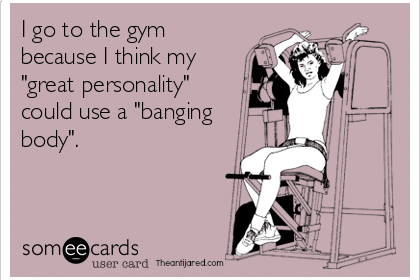
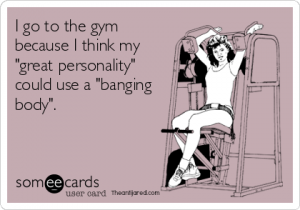 The biggest cause of fitness program failure is quitting it before success was achieved. You need to identify how to stay motivated, once you’ve created your goals and the plan to achieve them. As a trainer, I find that most people want instant results and after the first few weeks, their enthusiasm and desire seem to wane. For some, it can even happen after the first few sessions. That’s why I also work on motivation. Some people find that knowing that someone is holding them accountable keeps them coming to the gym.
The biggest cause of fitness program failure is quitting it before success was achieved. You need to identify how to stay motivated, once you’ve created your goals and the plan to achieve them. As a trainer, I find that most people want instant results and after the first few weeks, their enthusiasm and desire seem to wane. For some, it can even happen after the first few sessions. That’s why I also work on motivation. Some people find that knowing that someone is holding them accountable keeps them coming to the gym.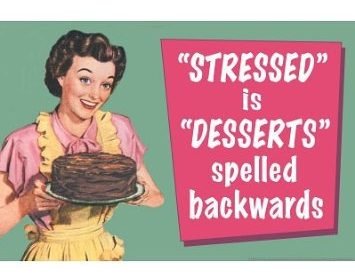
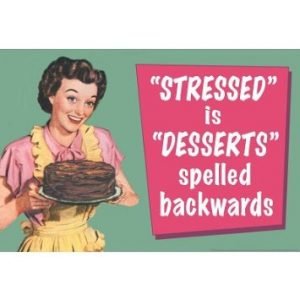 Are you sabotaging your calorie counting by subtracting the calories burned by exercise? Is calorie counting actually ruining your attempt to lose weight? There’s so many ways to fail to lose weight, you might think you need a big elaborate plan that must be followed to the letter, but in reality, the simpler you make it, the better off you’ll be. That’s why many people find that learning to eat smarter, not counting calories is the best method of weight loss.
Are you sabotaging your calorie counting by subtracting the calories burned by exercise? Is calorie counting actually ruining your attempt to lose weight? There’s so many ways to fail to lose weight, you might think you need a big elaborate plan that must be followed to the letter, but in reality, the simpler you make it, the better off you’ll be. That’s why many people find that learning to eat smarter, not counting calories is the best method of weight loss.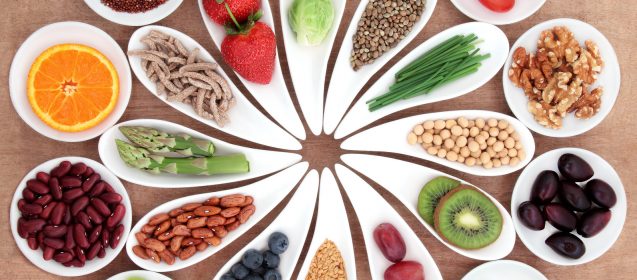
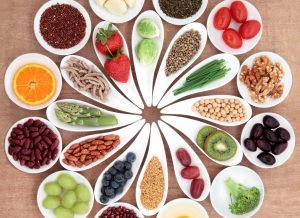 If you want adequate nutrition for life, you need to learn how to make healthier choices when it comes to food. While there are all sorts of programs, including one called Nutrition for Life the key to all of them is eating healthier. You need all the important nutrients to have your body perform properly and keep your caloric intake lower. Choosing foods that are not processed or minimally processed is one key to a healthier lifestyle. Processing not only reduces the nutrients, it also may mean the addition of harmful chemicals that cause damage.
If you want adequate nutrition for life, you need to learn how to make healthier choices when it comes to food. While there are all sorts of programs, including one called Nutrition for Life the key to all of them is eating healthier. You need all the important nutrients to have your body perform properly and keep your caloric intake lower. Choosing foods that are not processed or minimally processed is one key to a healthier lifestyle. Processing not only reduces the nutrients, it also may mean the addition of harmful chemicals that cause damage.